Table of contents:
Side dishes are widespread in various cuisines around the world and complete an otherwise simple main course. In Japan, side dishes play a particularly important role, and a dish is only complete when at least three different side dishes are served with it.
How are Japanese side dishes arranged?
The appearance and arrangement of food in Japan is at least as important as the taste itself. Unlike in Western countries, where several courses are served and everything is arranged on one plate, in Japan, the individual dishes and side dishes are set up on various small plates and bowls on a large tray.
A Japanese table sometimes looks a bit cluttered because of the many dishes. At a traditional lunch or dinner, the main course (usually meat or fish) is placed on a large plate in the middle of the table, and all the other side dishes are arranged around it. Then you take what you want, but never mix the food on the plates, but only in your mouth!
Only Japanese rice bowls “Donburis” are an exception. There, the rice comes with all the toppings in a common bowl.
Why are side dishes so important in Japan?
In Japanese cuisine, side dishes are just as important as the main course. And they are anything but boring - both in terms of taste and appearance. They often contribute significantly to the overall taste of a dish. Some side dishes such as “Tsukemono” (pickled vegetables) also somewhat “weaken” the strong taste of the main course (such as with fish), which is very pleasant. Even with fatty and very heavy dishes, crunchy Tsukemono is very refreshing.
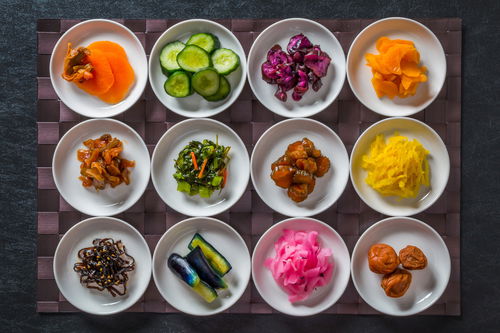
Which side dish suits my main course?
If you are not yet familiar with Japanese cuisine, it can be difficult to choose the right side dishes. Here are five tips on what to look out for:
Contrasting colors
As mentioned at the beginning, arranging is at least as important as eating itself. Colorful side dishes go very well with dark or monochromatic main dishes like Hayashi Raisu . You can also simply use colorful dishes, which immediately brings more color to the table.
Matching or contrasting consistency
If the main course is very firm or crispy, soft side dishes go very well, and vice versa.
Taste
Before cooking, imagine in your mind what your main course and your side dish will taste like. Now mix these two flavors together. Are the flavors similar and go well together, or are they very different? If you're ready to experiment, then contrasts can be very exciting. But if you want to play it safe, then choose two similar flavors.
Nutritional value
From a nutritional point of view, an optimal dish should consist of carbohydrates, proteins and fats. If the main course is already very protein-rich, such as meat or fish, a carbohydrate-rich side dish like rice goes well with it. If a dish is very fatty, then fresh vegetables balance it out.
Which side dishes always go well?
There are a few side dishes that almost always go well. Especially if you are not sure what would go well with a dish, or if you are new to Japanese cuisine and are just slowly getting used to the many flavors, the following side dishes are suitable:
- Miso soup: This traditional Japanese appetizer is very flavorful and healthy and can also be made as a vegetarian version.
- Asaduke : This Japanese cucumber salad is served with almost every meal, as it is quick to prepare and also very healthy.
- Ohitashi Spinach: This side dish is very easy to prepare, as you can serve it warm or cold.
- Rice: Of course, rice should never be missing as a side dish. Here you can find instructions and tips on how to make it work for you.


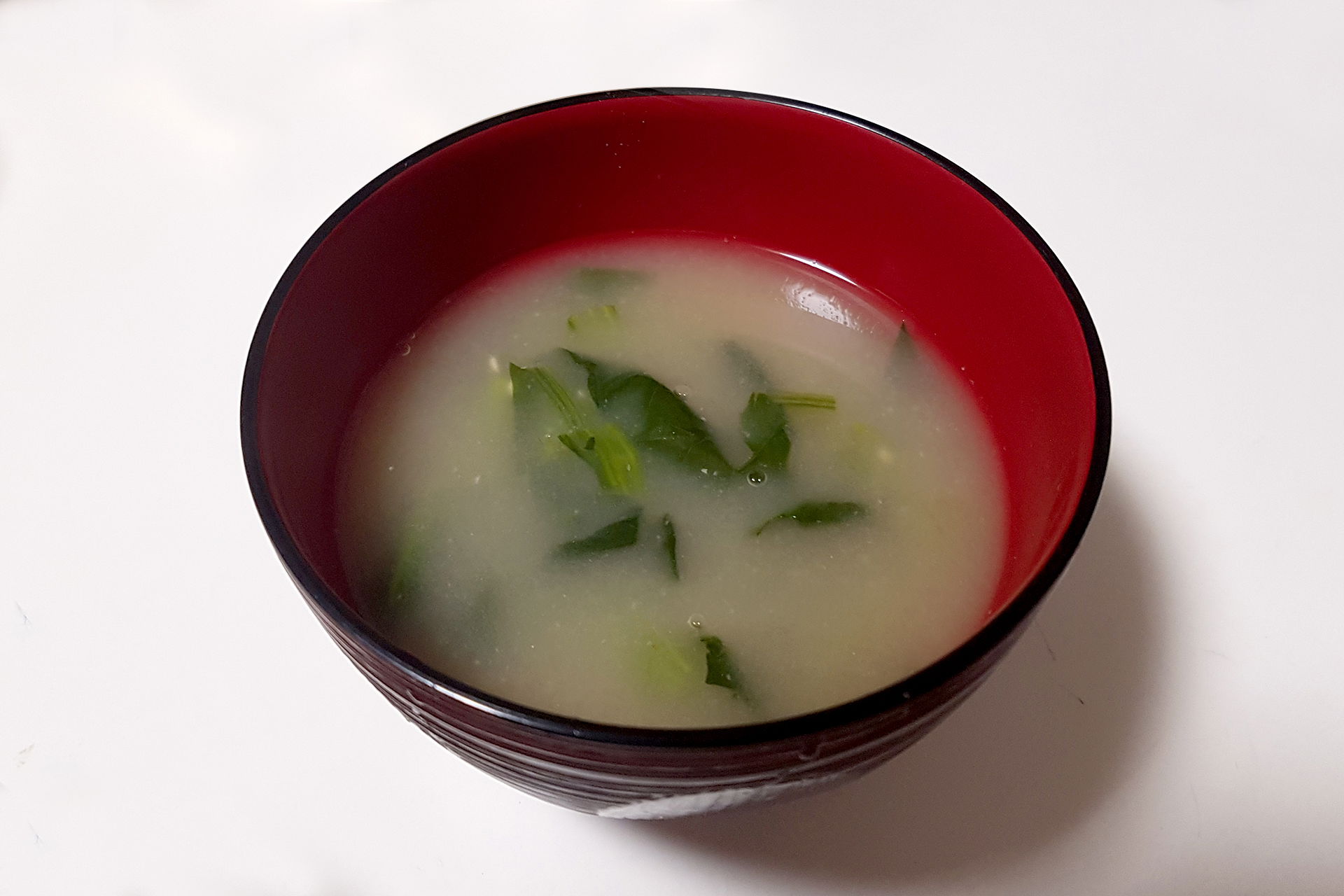
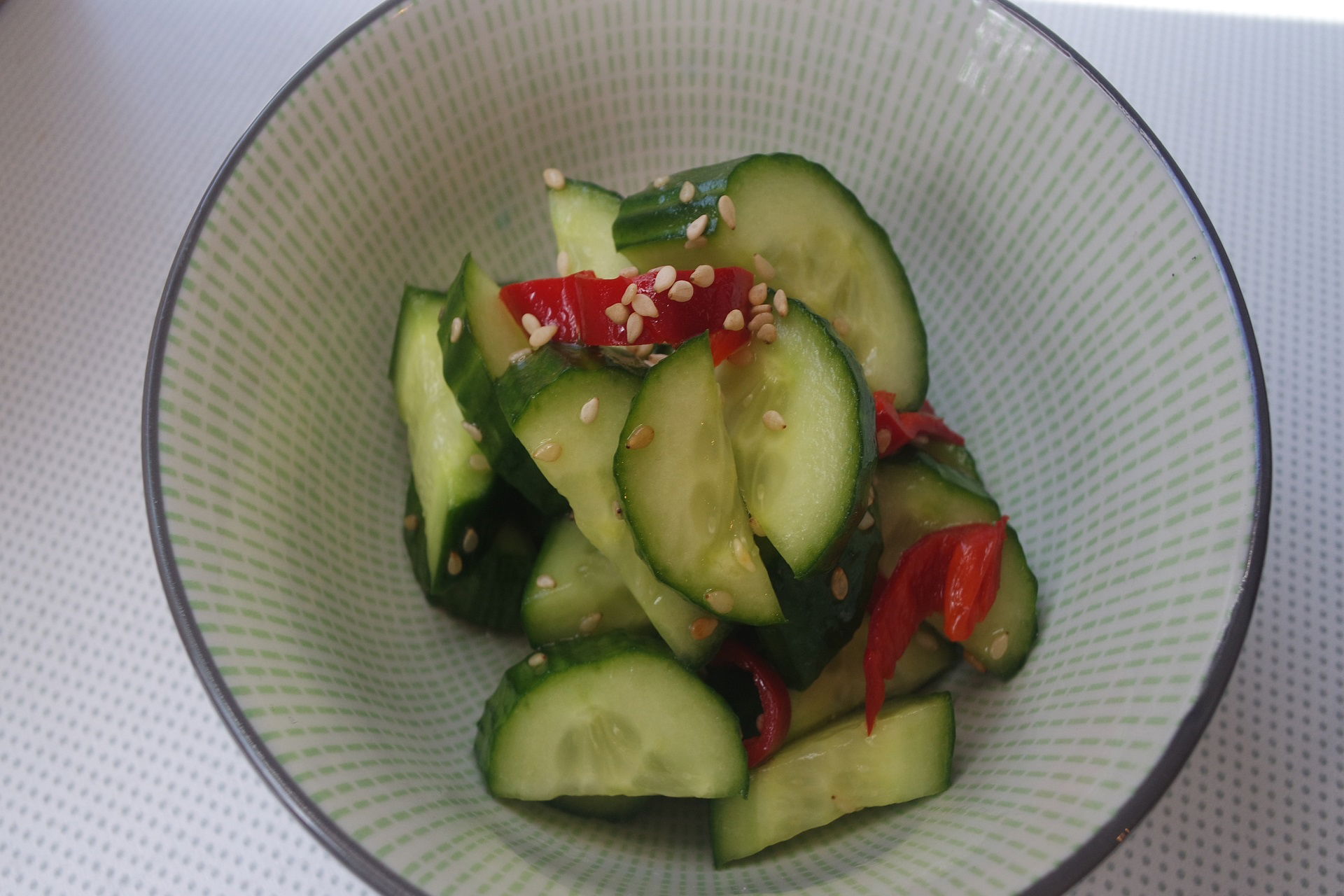



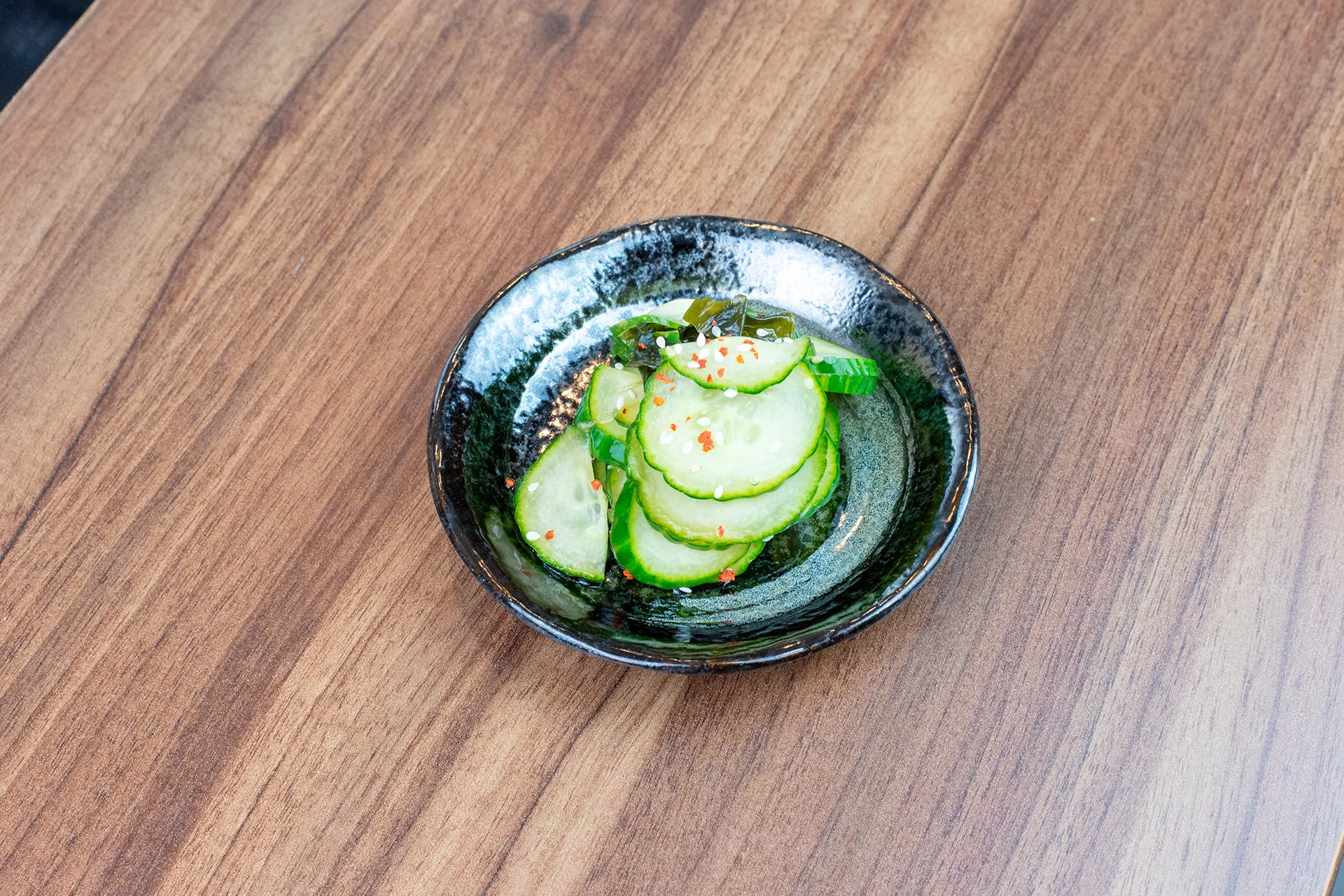
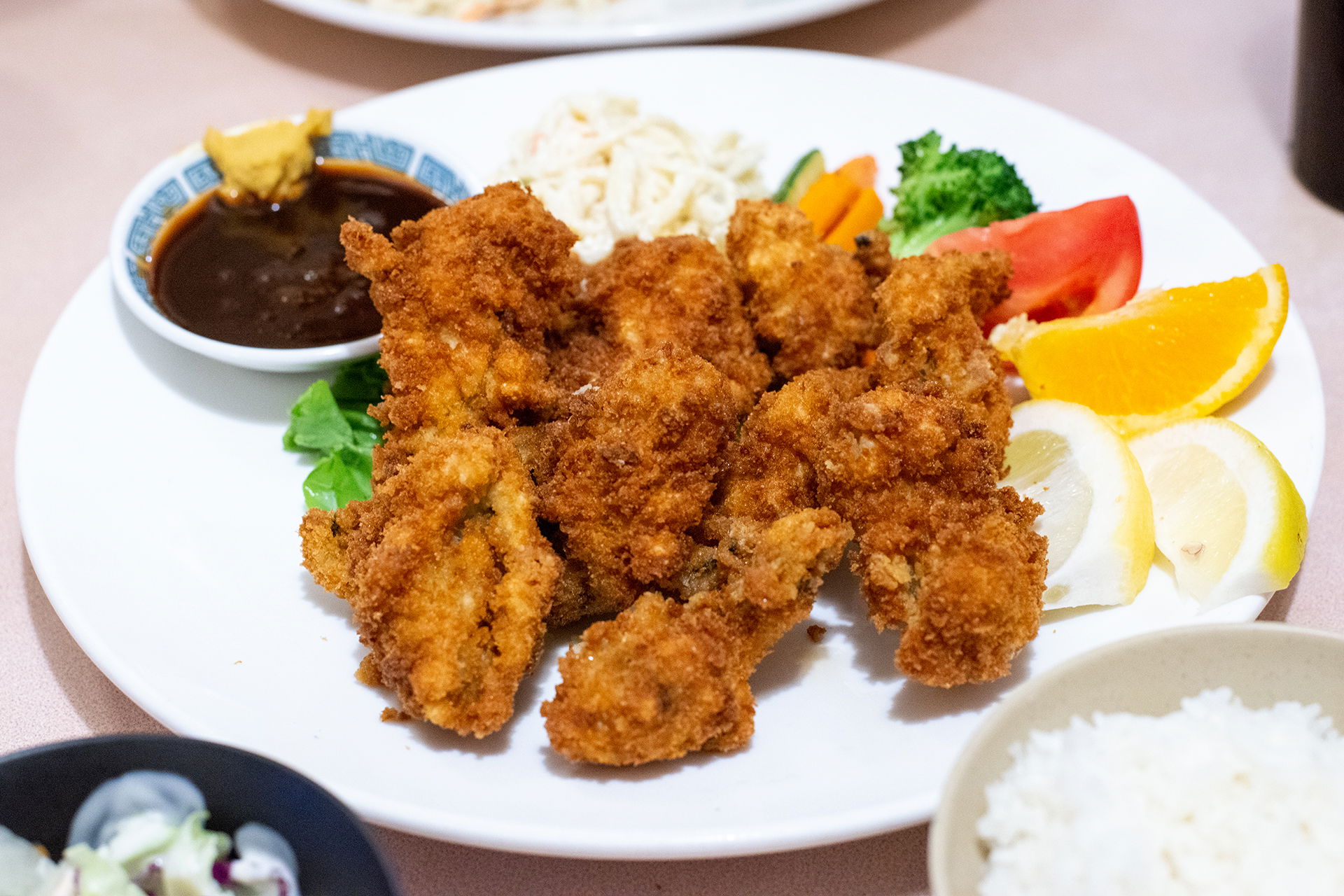

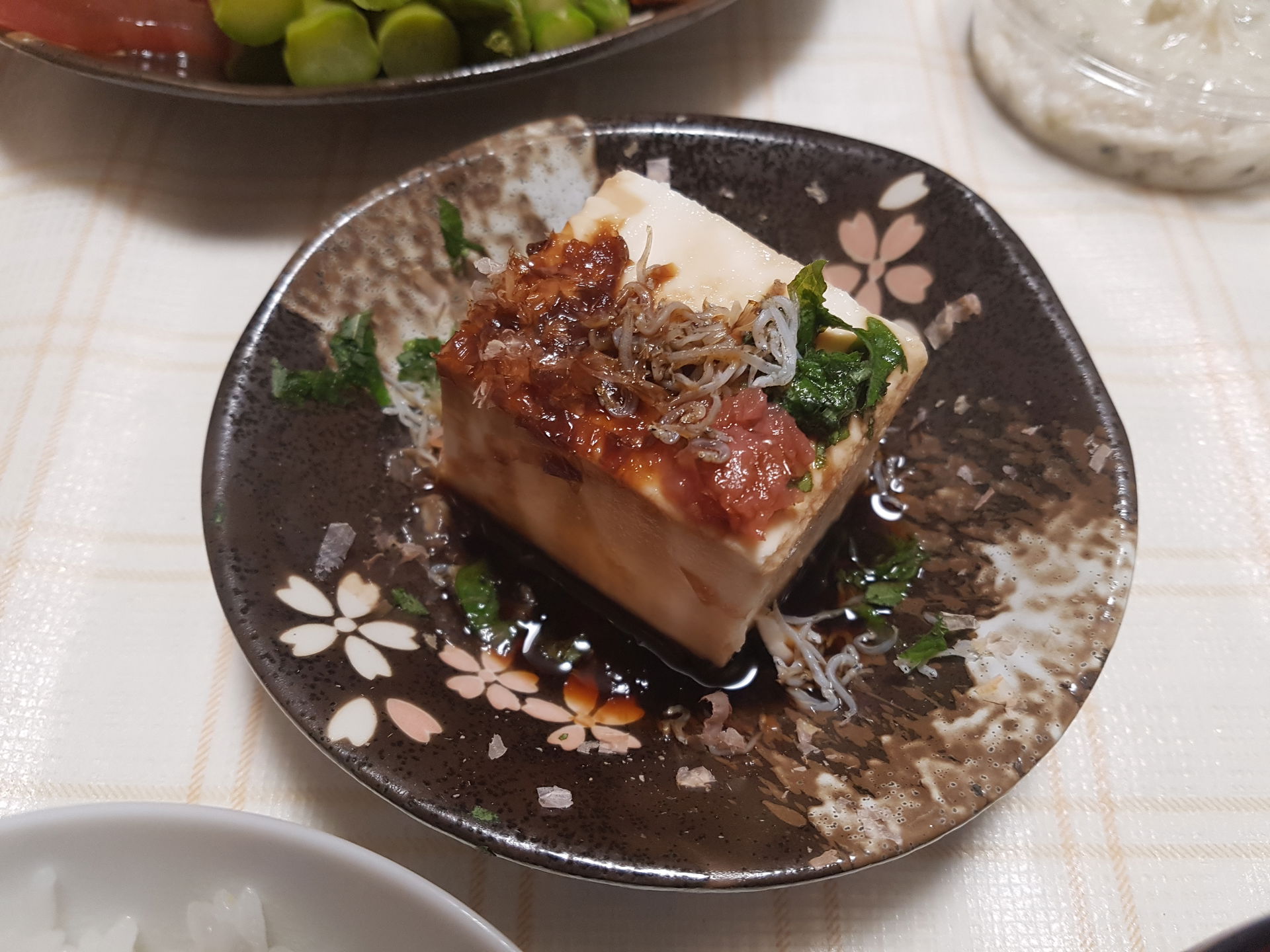



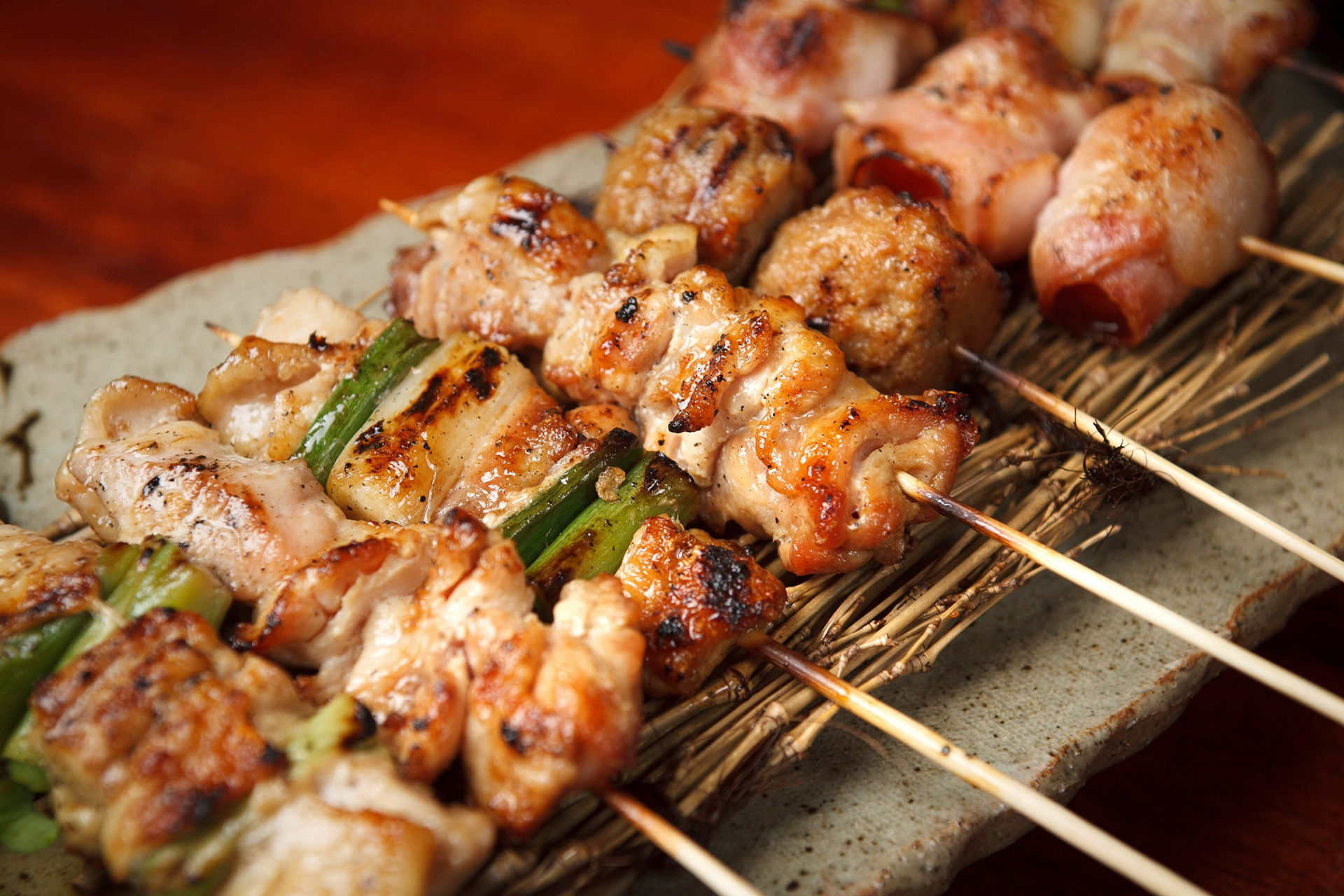

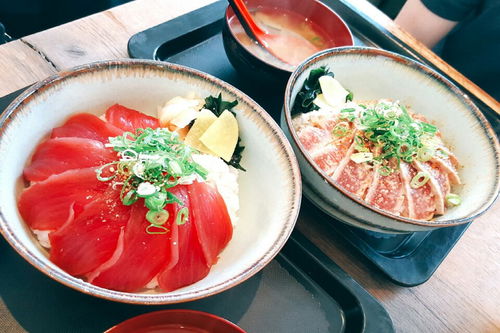
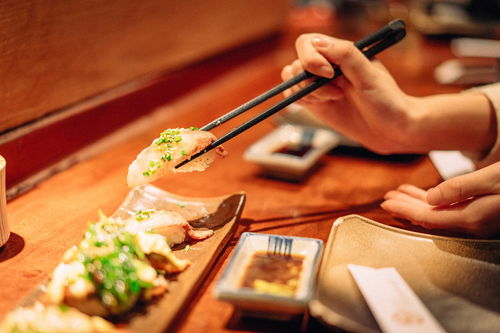

Comments